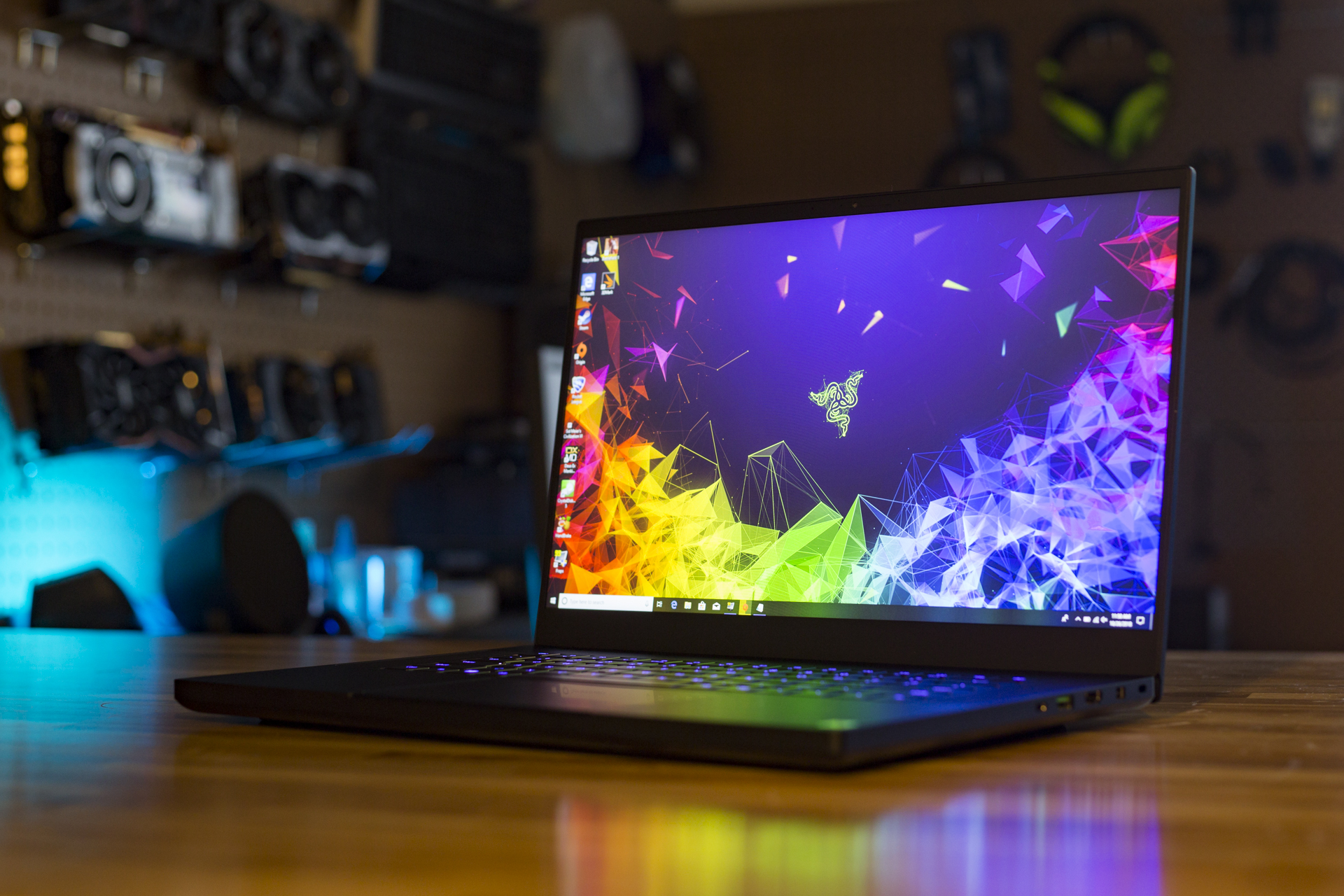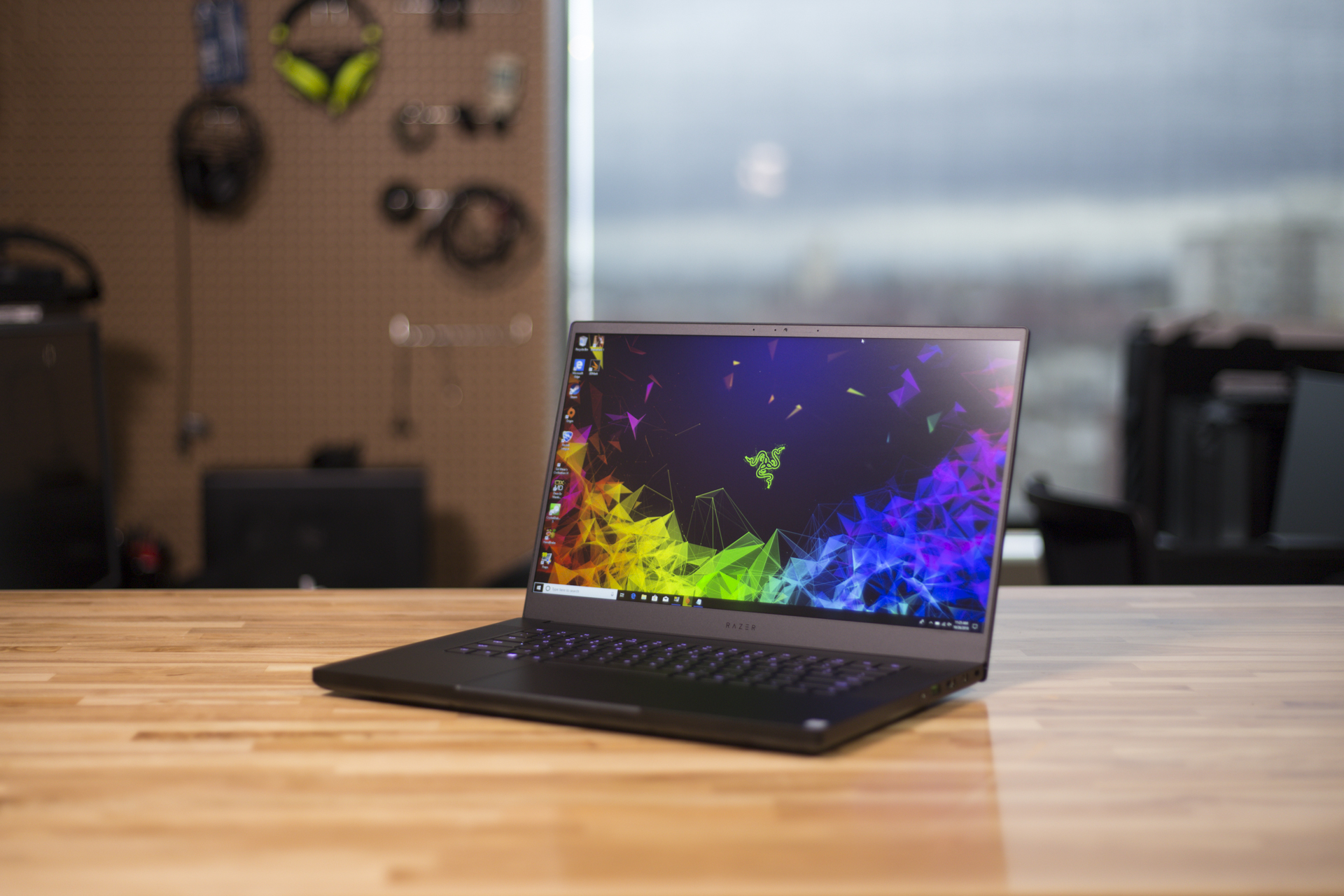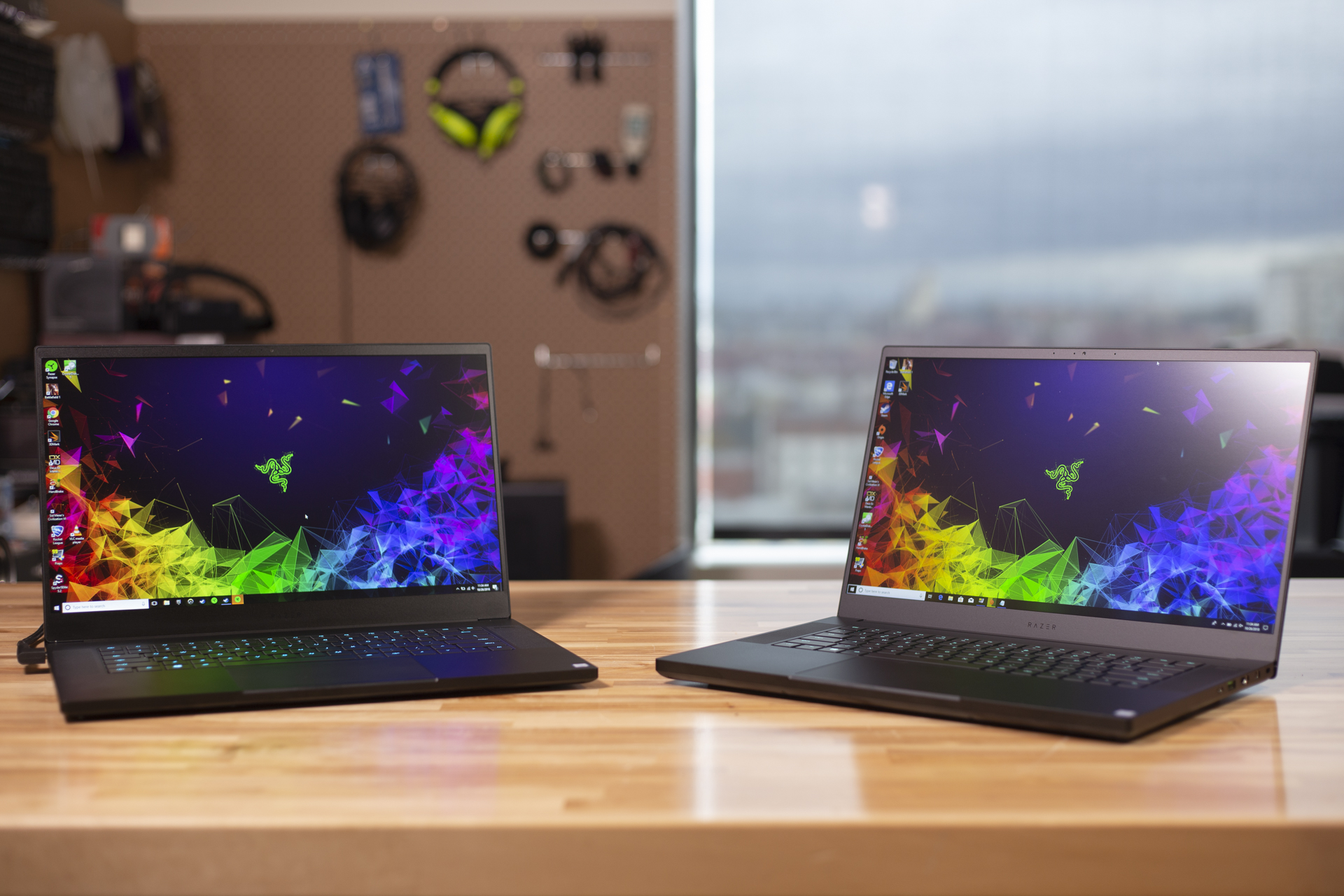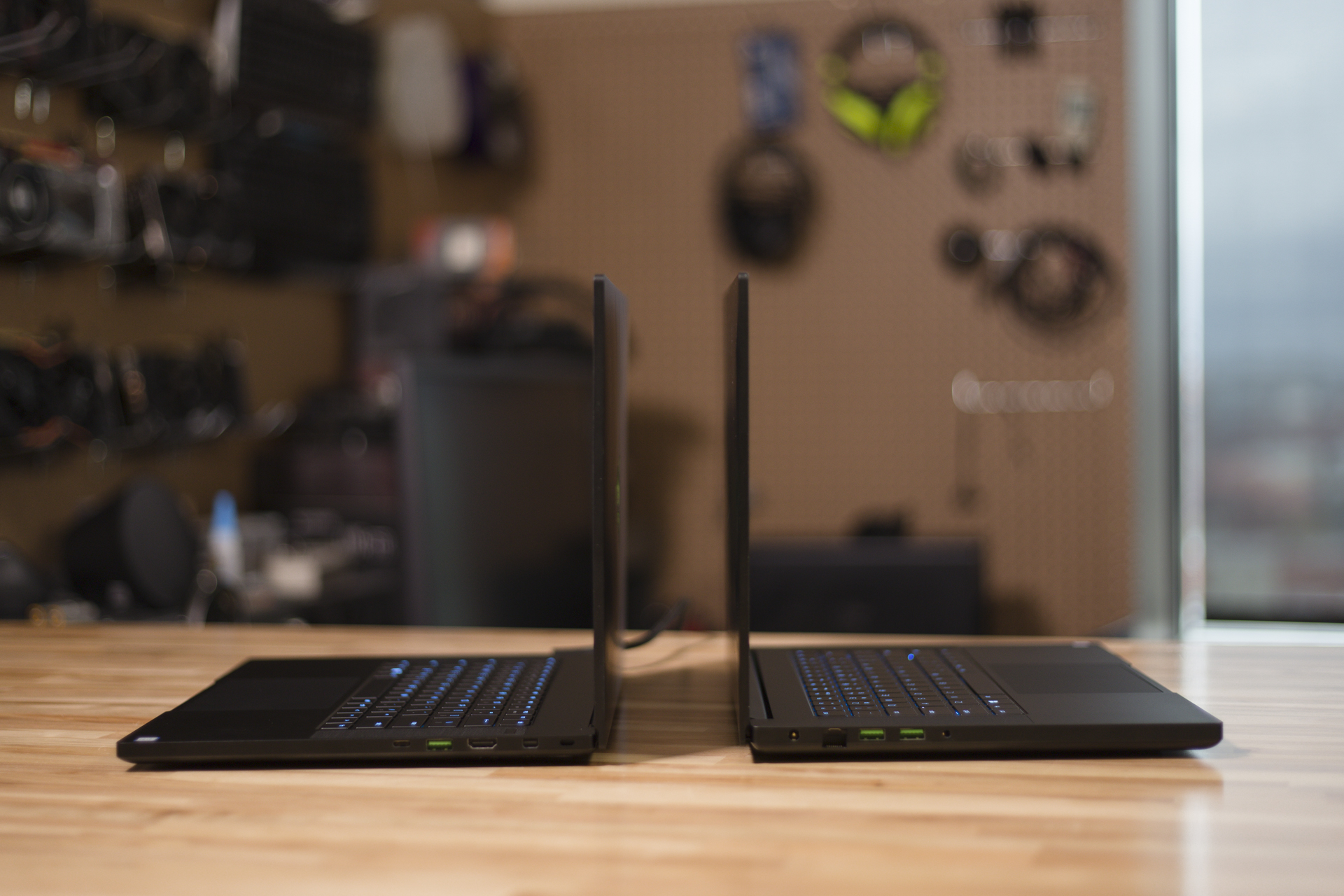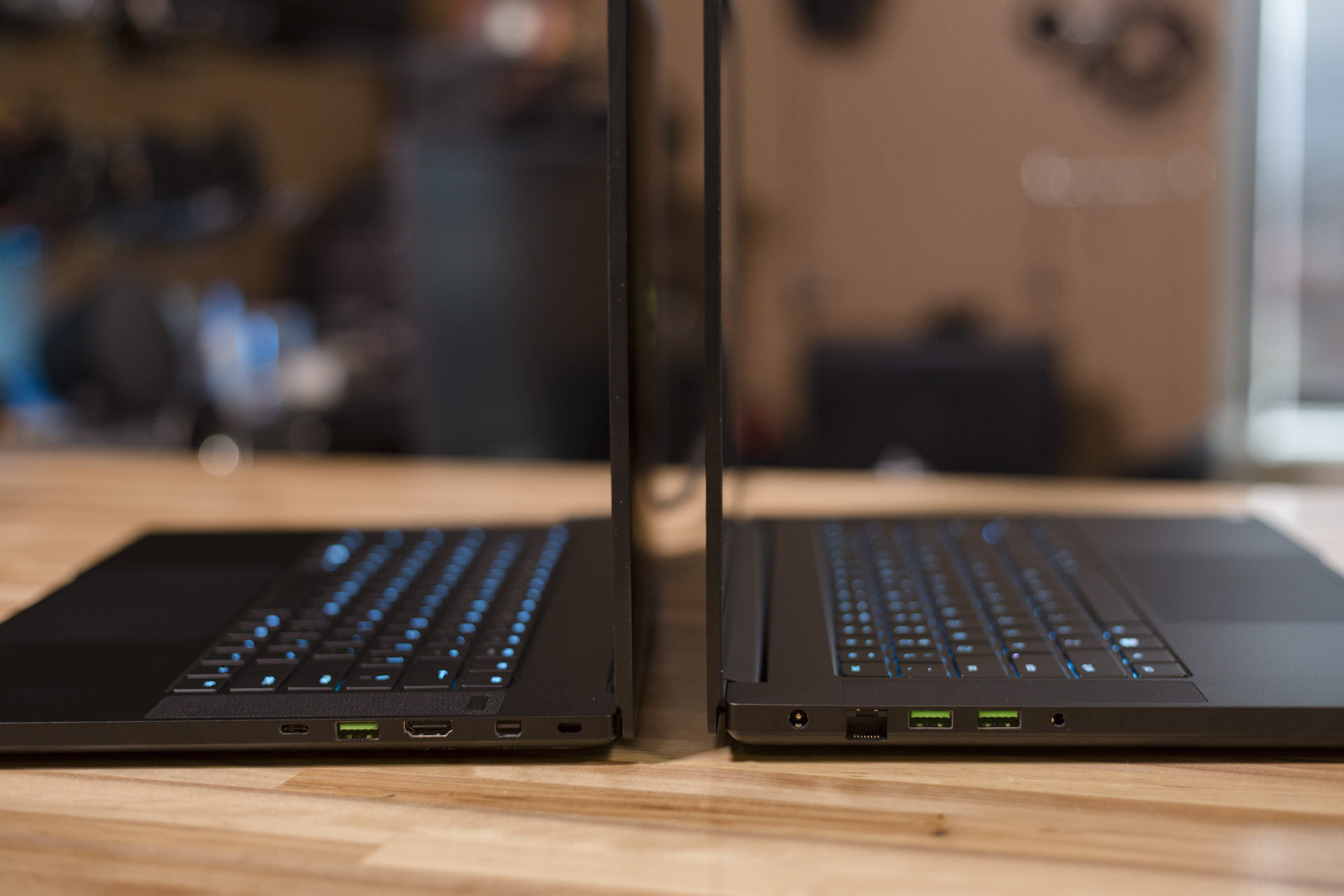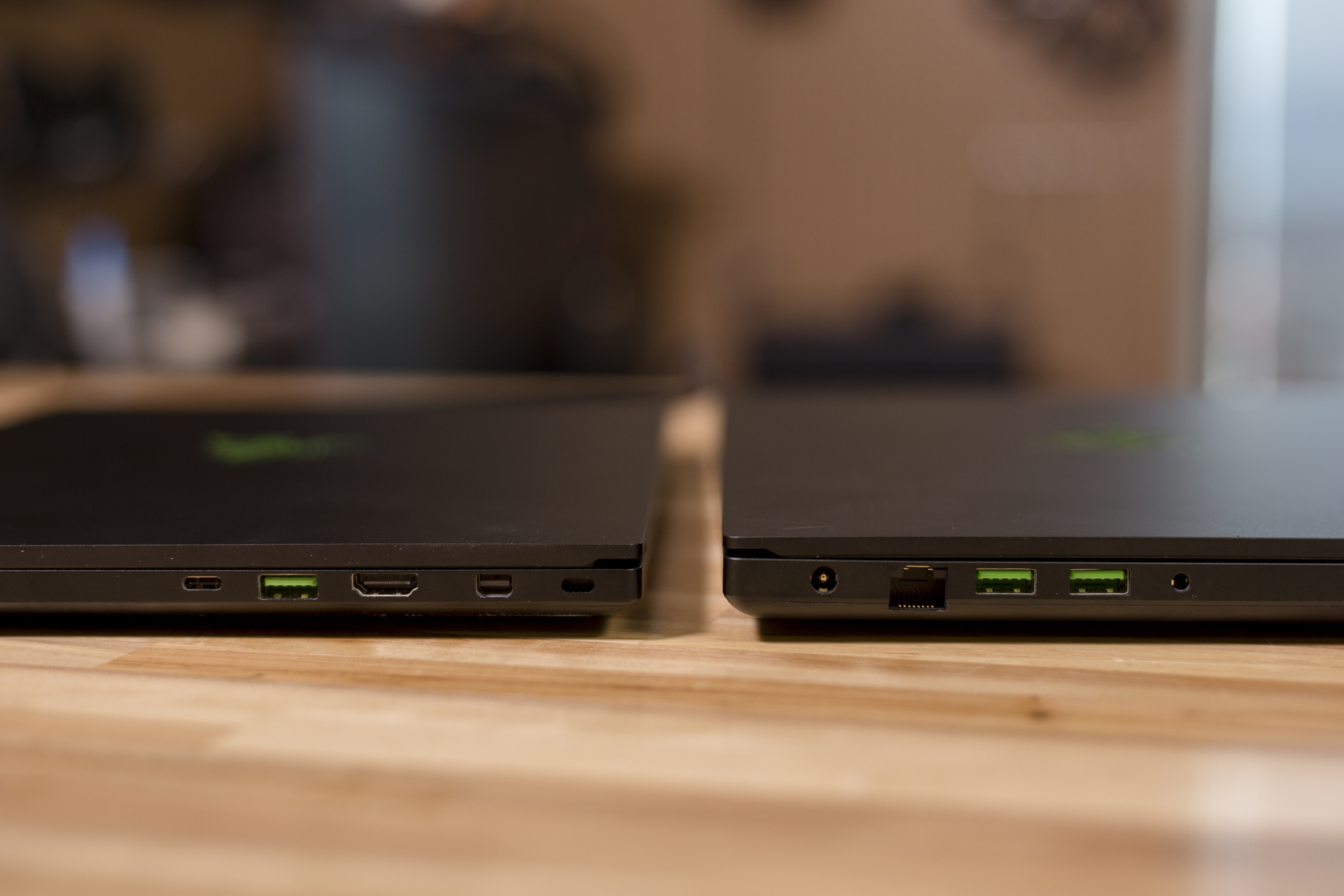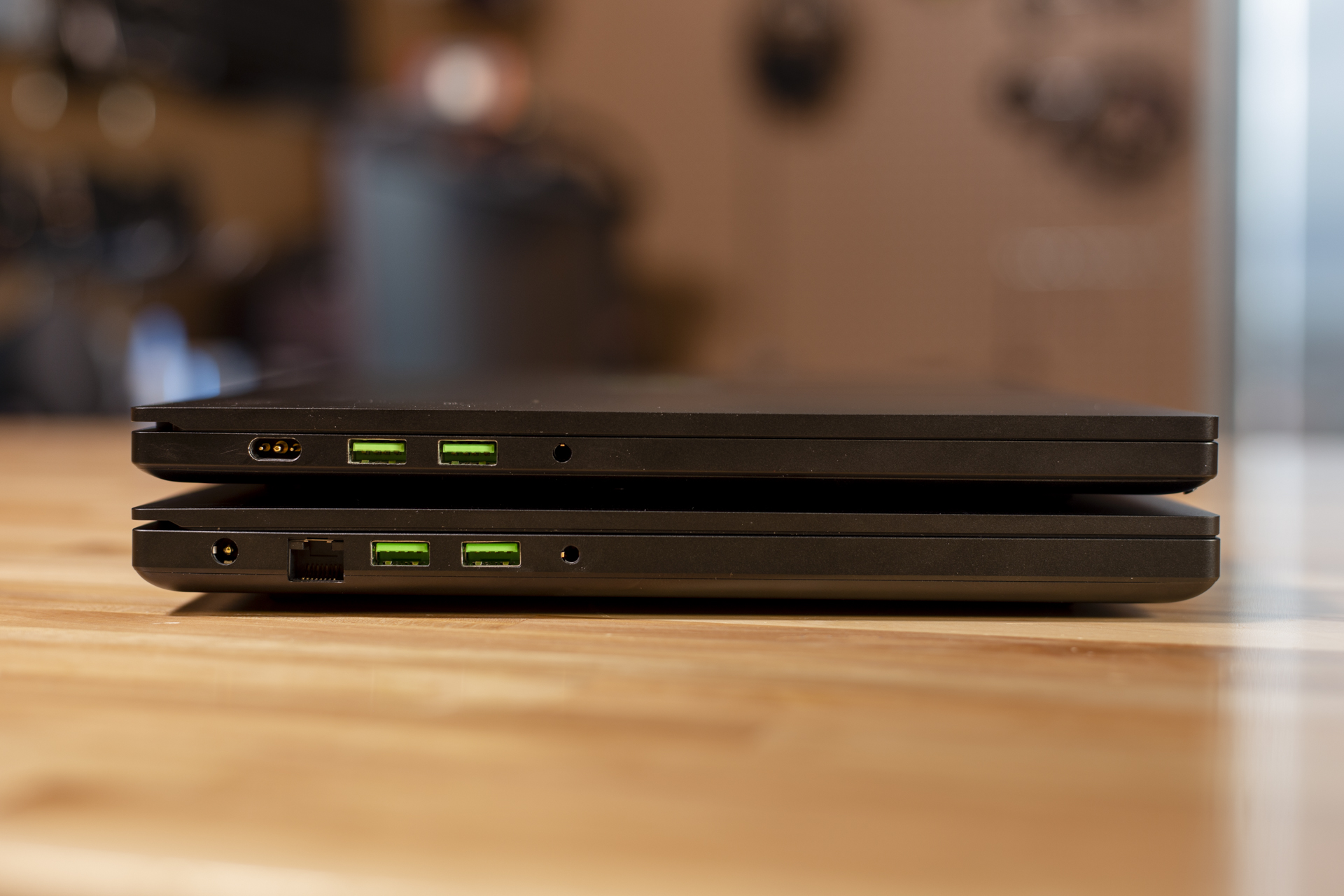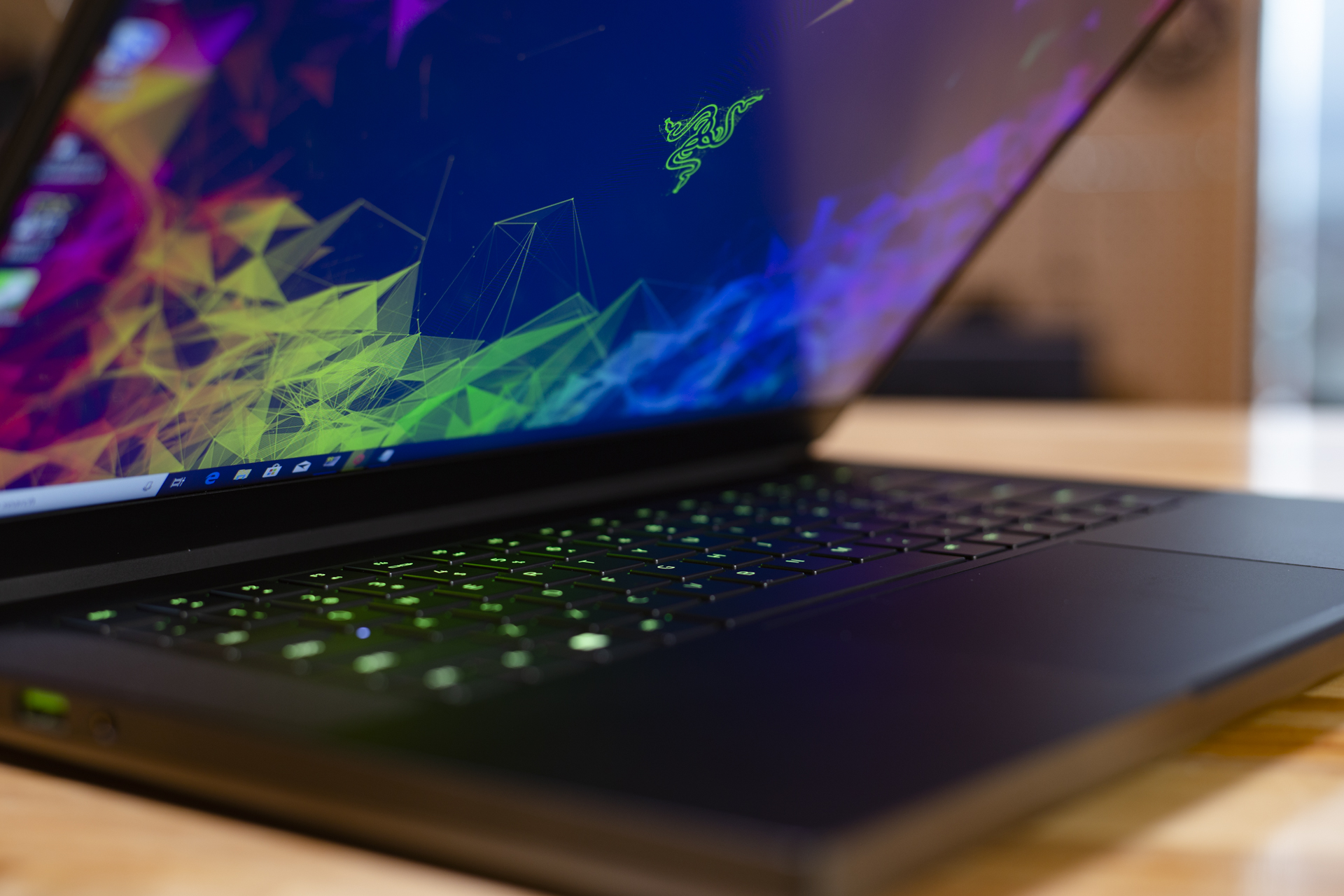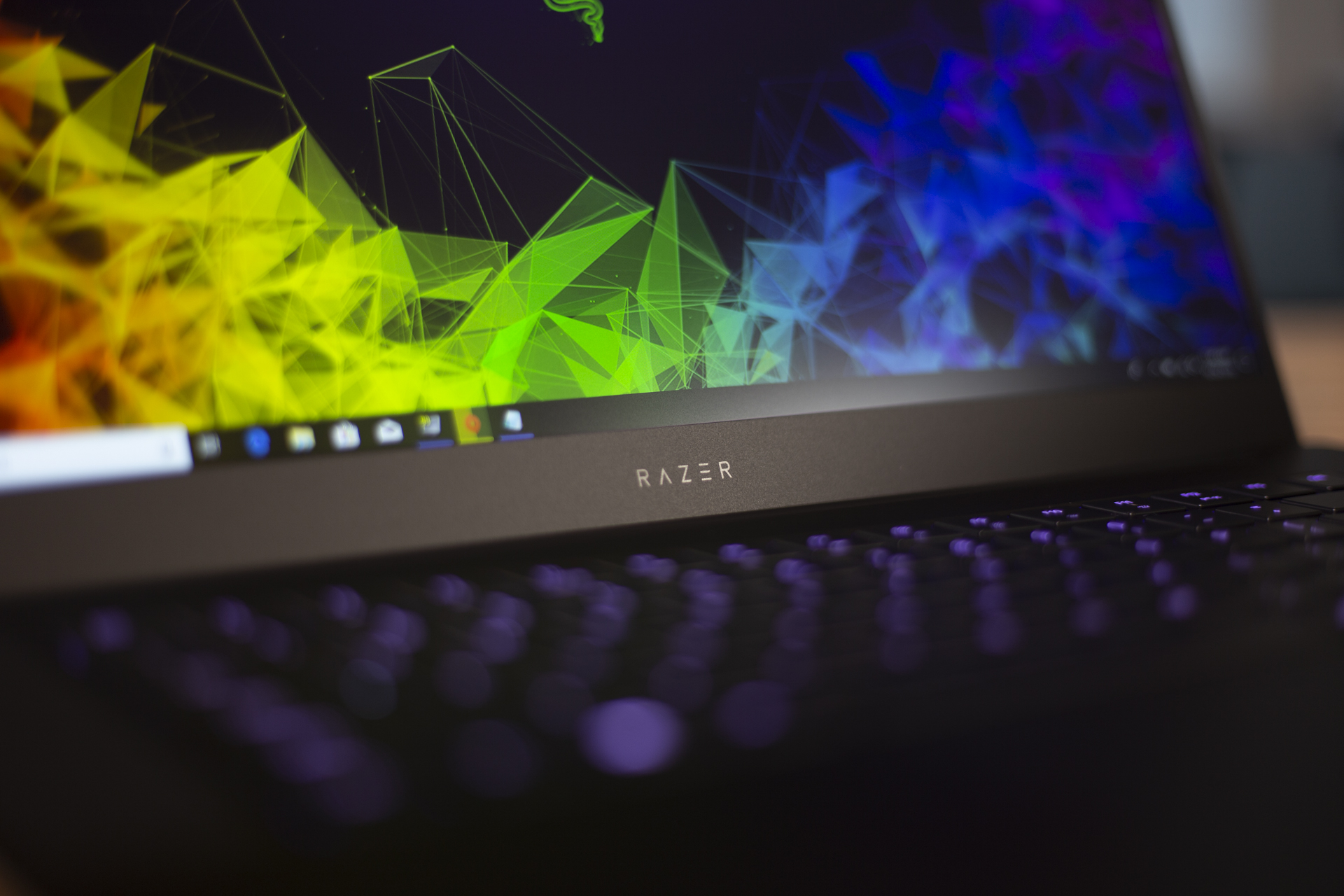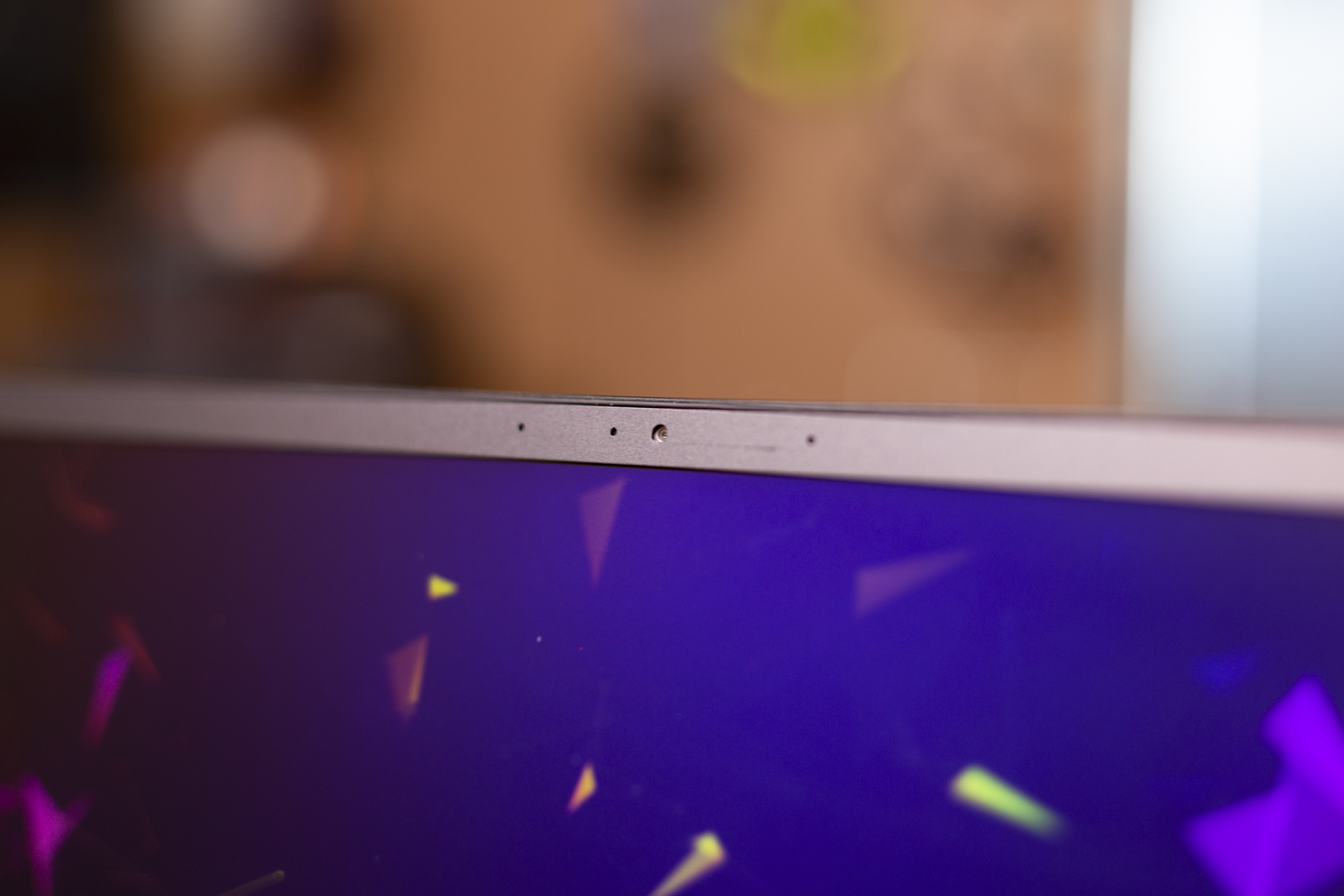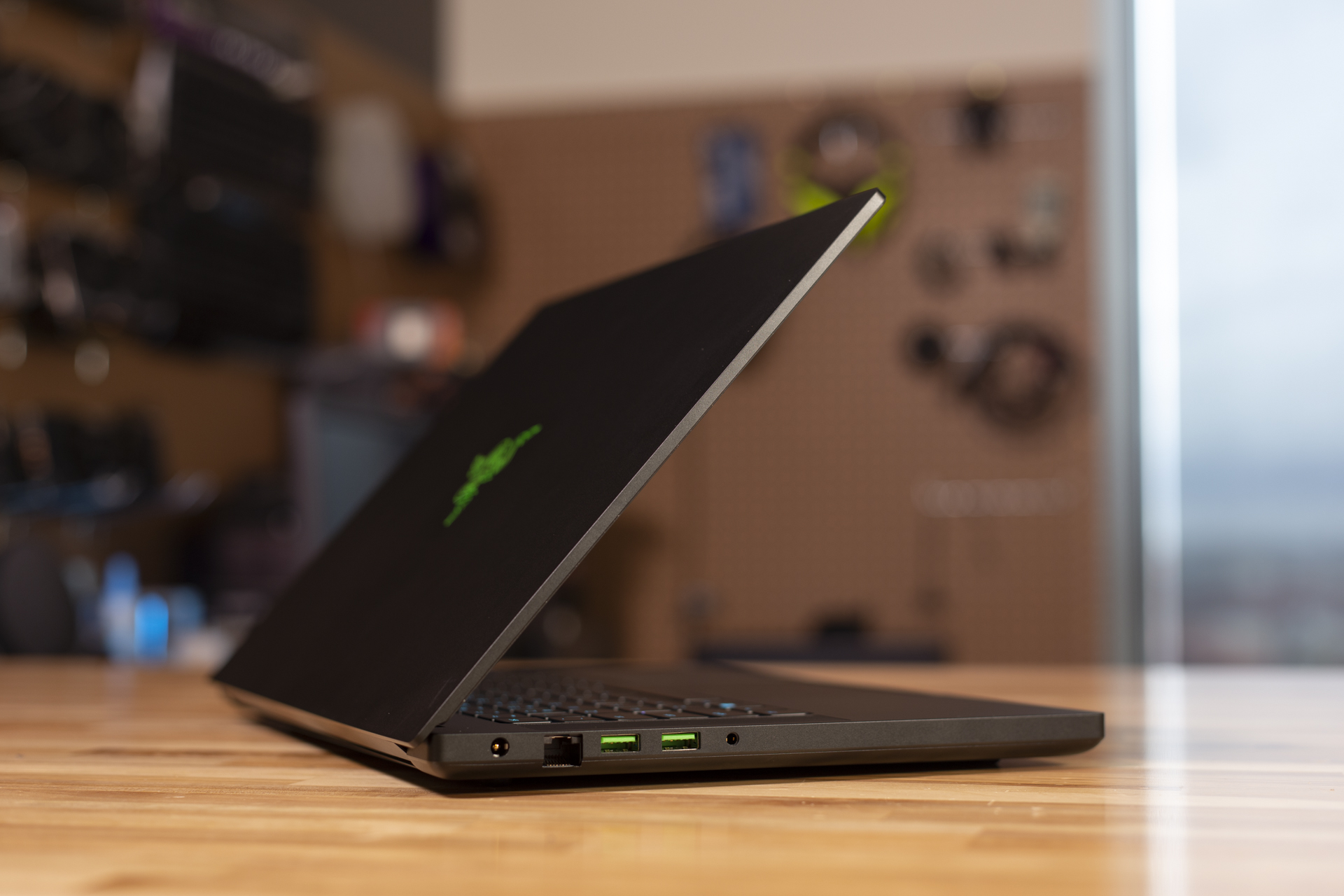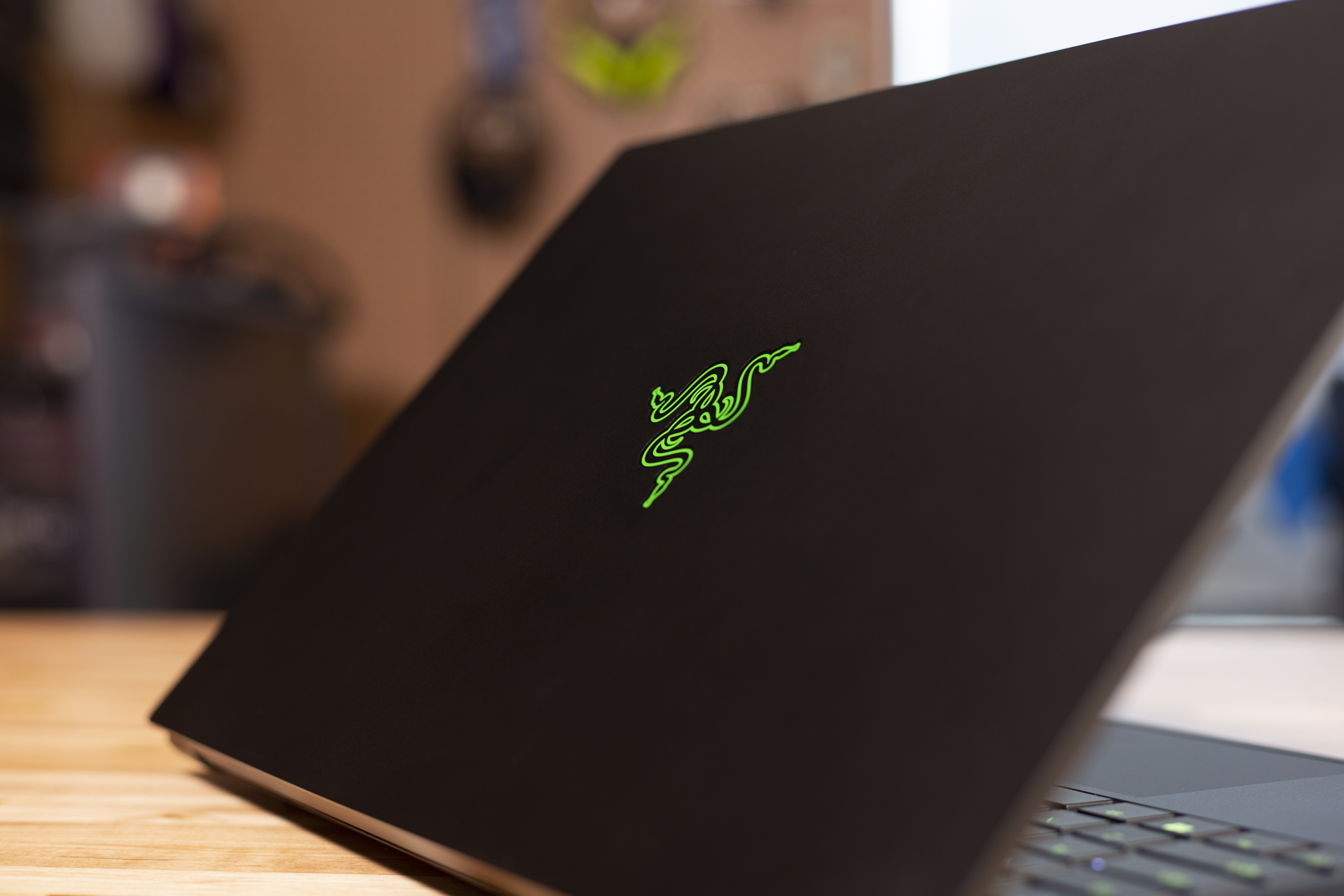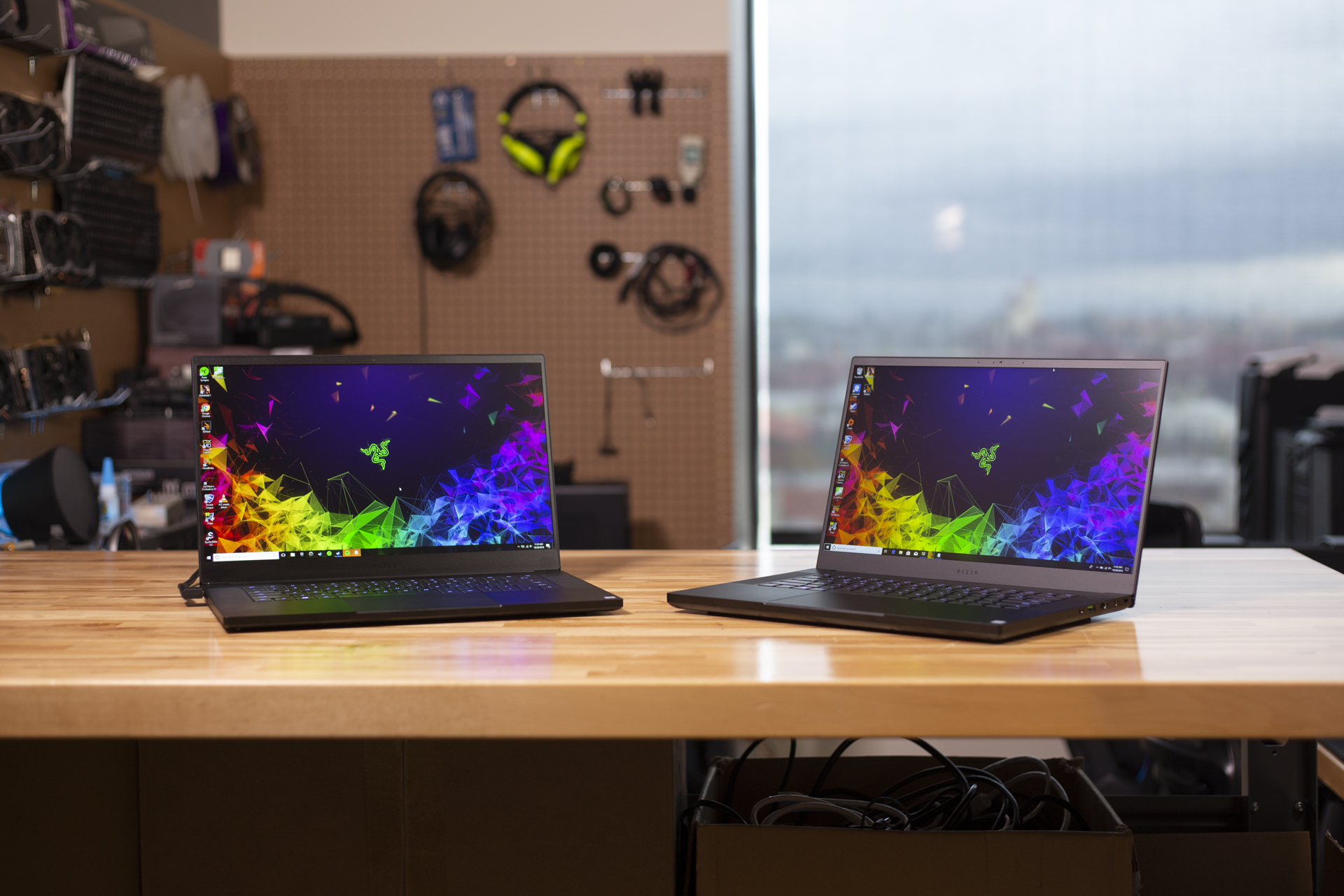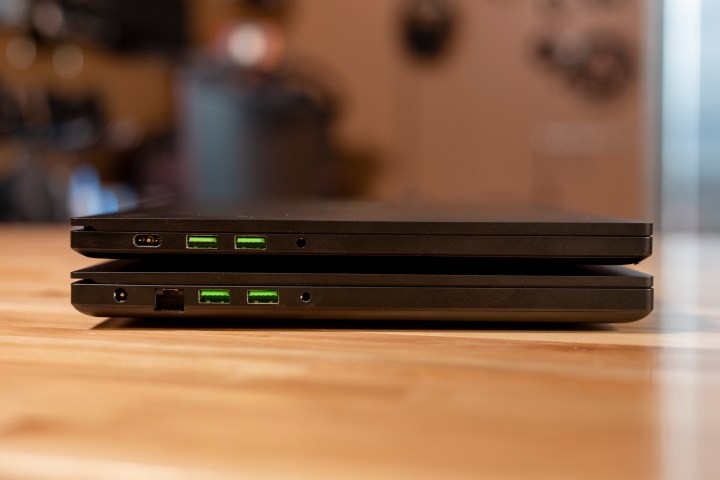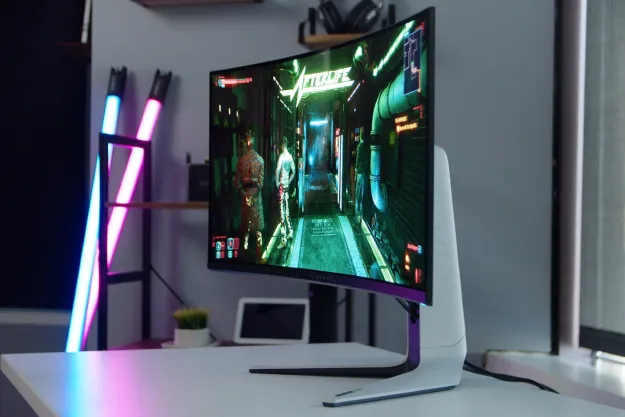Razer recently launched a drastically redesigned version of the Razer Blade with thin bezels, the latest hardware, and a profile just 0.66-inches thick. Our review heaped praise on it, but there’s one major downside. The price. Starting at $1,900 with an Nvidia GeForce GTX 1060 Max-Q and a 256GB solid state drive, it’s not exactly affordable.
Well, good news! Razer now offers a less expensive model. At a starting price of $1,600 for an Nvidia GeForce GTX 1060 Max-Q, 128GB SSD, and a 1TB mechanical disk, it’s no budget laptop, but it’s obtainable for gamers seeking a mid-range rig. The base Blade 15 does make sacrifices, however. Do they dull Razer’s edge?
The same, but thicker
The entry-level Razer Blade 15 is an odd one because, unlike most laptops that share a name, the chassis differs depending on how much you spend. Everything above the keyboard, including the display and lid, appear identical to the more expensive variant, but the lower half is different. The Razer Blade 15 Base, as we’ll refer to it, is thick.
How much thicker? The profile grows from 0.66 inches to 0.78 inches, or just barely more than one tenth of an inch. Doesn’t sound like much, does it? Yet it’s noticeable. The Razer Blade 15 Base feels a bit old-fashioned, while the more expensive edition feels sleek and modern.
Old fashioned isn’t always a negative, however. The Base offers a regular gigabit Ethernet port, which isn’t available on its sibling. Port selection is otherwise the same, so that’s a win for the Base model. Saving money means losing the Chroma RGB keyboard backlight for a more standard backlight, but you won’t lose sleep over that.
The difference all comes down to the GPU – and how it’s used.
There’s little difference between models in day-to-day use. While the Base is a bit thicker, the keyboard and display look the same between all models. It’s hard to tell them apart when they’re not side-by-side. That’s good, because it means Base buyers don’t miss out on most the Blade 15’s strong points. The lack of a 144Hz display (it’s replaced by a 1080p 60Hz screen) is a bummer, but also matches the Base’s capabilities, as it’s only sold with a GTX 1060 Max-Q graphics chip.
It looks similar, but does it still perform?
Looks, of course, are part of the equation. Performance is a more serious concern.
In theory, the Razer Blade 15 Base shouldn’t sacrifice much in pursuit of a lower price. The Intel Core i7-8750H processor is used among all Blade 15 variants, so there won’t be much difference there. You’ll even enjoy 16GB of RAM which, again, stands shoulder-to-shoulder with its pricier peers.

The difference all comes down to the GPU – and how it’s used. The Base model is only available with the GTX 1060 Max-Q. You can grab that same GPU in the least expensive slim model, but most slim configurations have a GTX 1070 Max-Q. That bumps the price up to at least $2,400. Razer says the Base version doesn’t have the more advanced vaper-chamber cooling design of the slim version.
That does make a difference in games, but the gap is smaller than you might think.
We saw a consistent story across most scenarios. The slim Razer Blade 15 with GTX 1070 Max-Q was 15 to 25 percent quicker than the Base model with GTX 1060 Max-Q. Rocket League on Performance settings was one exception, but only because both
All our game benchmarks occurred at 1080p resolution. While the slim Blade 15 can be equipped with a 4K screen, it’s not a great fit, as the GTX 1070 Max-Q isn’t powerful enough to keep up with
There’s no shame in being basic
You’ll spend $1,600 on the Razer Blade 15 Base. You’d need at least $1,900 to buy the slimmer version, although right now the least expensive model is $2,200 (with a 512GB SSD – lower capacities have sold out). Stepping up to the GTX 1070 Max-Q demands at least $2,400.

Should you go basic? To answer that question, ask yourself another. Are you buying the Blade 15 mostly to play games, or are you buying it because it can do everything well?
The slim Blade 15 is a solid all-rounder. It’s easy to pack, has a bigger 80 watt-hour battery (up from 65 watt-hours), and has more solid-state drive capacity. In the end, it feels less like a pure gaming laptop and more like a MacBook Pro 15 or Dell XPS 15.
Gamers can stick to the Blade 15 Base. That may seem counter-intuitive. The slimmer model can have the quicker GTX 1070, true, but its price puts it in league with GTX 1080
Sometimes, it’s okay to be basic.
Editors' Recommendations
- 4 CPUs you should buy instead of the Intel Core i9-13900K
- 4 CPUs you should buy instead of the Ryzen 7 7800X3D
- Is this Razer’s Steam Deck killer?
- This $15 Steam game is a must-buy for Zelda fans
- 4 CPUs you should buy instead of the AMD Ryzen 7 5800X3D
